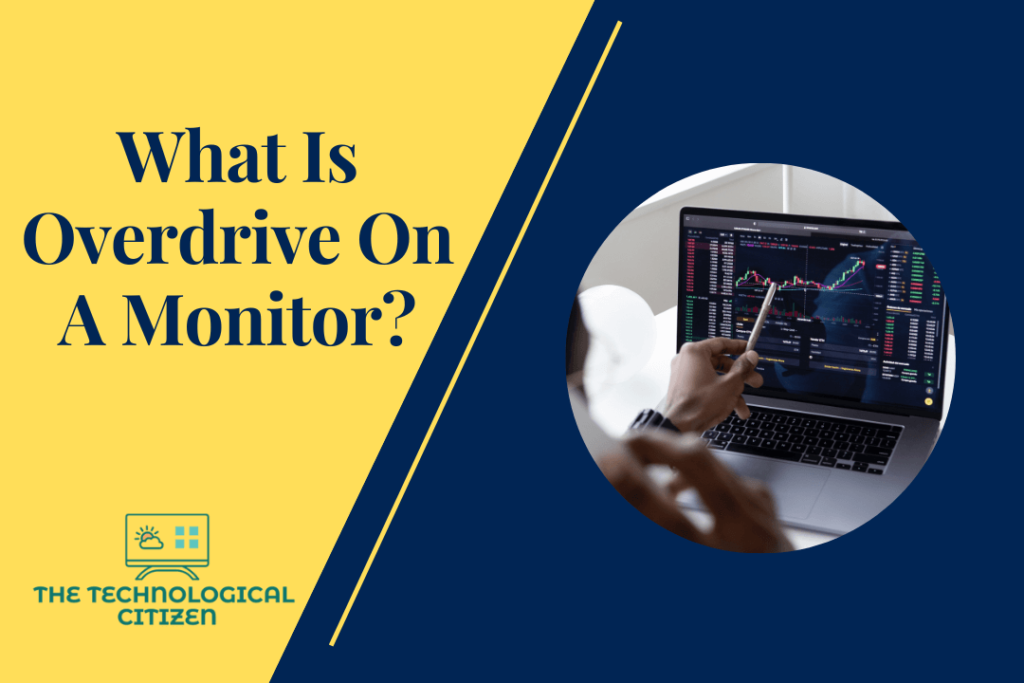Ghosting on monitors is one issue faced by most gamers out there. In this article, we will tell you all about what is an overdrive on a monitor and what you need to know about it to resolve this issue once and for all.
Overdrive On A Monitor – What Is It?
Overdrive in monitors ensures the reaction time and speed of the monitor by increasing the refresh rate. It can be referred to as a function or a setting that primarily aims to help the user adapt and attain smooth-flowing images. It helps improve the already existing processing speed of the refresh rate. Pixels will also move more uniformly as well as in rhythm without any delays or lags with the overdrive.

- The Importance Of Overdrive On A Monitor:
There are a number of displays that offer very sluggish time responses. The primary culprit behind ghosting on a monitor is a sluggish response time. The response time refers to the time taken by a pixel to change its color, especially in different shades of the color, gray. The faster the pixel changes its color, the smaller the reaction time. In some cases, even rapid reaction time will not prevent ghosting on a monitor. This is when using an overdrive on a monitor can help cover up and improve the response time of the monitor.
- Applications Of Overdrive:
Depending on the manufacturer, overdrive can be recognized by a different name. Many manufacturers also call overdrive response overdrive, OD, response time compensation, and more. The main objective of overdrive is to improve a monitor display’s reaction time by a few milliseconds.
- Best Overdrive Setting To Use:
The best overdrive setting that you should use is medium or normal. If you choose the higher overdrive setting, then inverse ghosting or pixel overshoot can occur.
- Reducing Input Latency With Overdrive:
Using overdrive helps users reduce input latency by lowering the total time it will take for any new image to appear on the monitor screen. When you use low overdrive levels, you will notice the ghosting effect due to the rapid refresh rate of the display.
- Too Much Overdrive Harmful:
Using too much overdrive will cause pixel overshooting and inverse ghosting. This is why we would highly recommend that you use overdrive only when there is an excessive smearing experience in fast-paced games. When it comes to the best monitors with higher refresh rates, using overdrive will aid in offering gaming enthusiasts an optimal gaming experience.

- Turning It On Or Off:
Turning the overdrive on or off is going to depend on the user’s hardware, the brand of the monitor, and personal preference. Trailing effects and inverse ghosting are common side effects of increasing the settings of overdrive too much. The images will begin appearing sooner than they should when you have a higher overdrive setting turned on.
Conclusion:
To conclude, using overdrive depending on your monitor’s requirement will improve response speed, eliminate trailing, and also reduce ghosting on the monitor. However, using overdrive to a limited extent is recommended to avoid harm to the hardware in the process involved.

